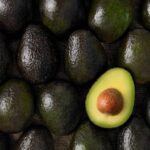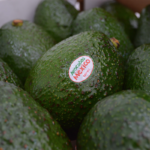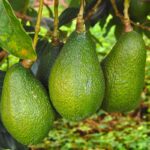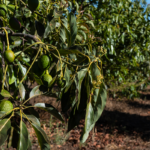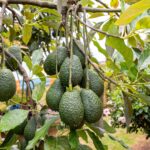Avocados in Charts: California, at the heart of the U.S. market

In this 'in charts' series of mini-articles, Colin Fain of data visualization tool Agronometrics illustrates how the U.S. market is evolving. In each series, he will look at a different fruit commodity, focusing on a different origin in each installment to see what factors are driving change.
This is the second article in the Avocados in Charts mini-series. This week we take a deeper dive into the California season and how its role has evolved over the last couple of years.
California's season leads the summer months, often peaking in May or June before settling down for winter. As luck would have it, customers in the U.S. most want to consume avocados during the summer months as well, with their salads and sandwiches. This matchup between supply and demand gives California's fruit the best window that the market can offer, with benefits that other origins simply don't have access to.
Avocado movement in the U.S. market (in pounds), California historic monthly comparison
The prime position California has, along with their proximity to the consumer, is also reflected in the prices that its fruit receives. When calculating the difference between the market average and California’s fruit, the latter received a premium of US$1.87 per two-layer flat, clearly defining the origins position as the premium supplier for the market.
Hass avocado Shipping Point prices in USD (two-layer flat)
Historically, the biggest price spikes have always been in line with California’s season, often as a result of a smaller harvest. Although other origins have entered the market strongly, California's prominent position is still evident. 2017 is a good example, where California shipped 44% less volume than they had in 2016, sending Shipping Point prices to the highest level recorded to date. In August of last year the average price for the month reached US$62.52 per flat.
Hass avocado Shipping Point prices in USD (two-layer flat), California historic comparison
The scene is quickly changing, however. Whereas in 2010 California represented 42% of the U.S. market, in 2017 the origin put up only 11%.
Avocado movement, California vs total U.S. consumption (in pounds)
This massive shift has come about because of the rapid growth of complementary origins such as Mexico and Peru, which have come online quickly over the last couple of years to supplement the rapid growth U.S. consumers require.
The beneficiaries of this change are the consumers. An example can be observed in 2015 where California had a similar season to what we saw last year, however, Mexico was able to fill in the gaps offering stable pricing throughout the entire period.
Avocado movement, California, Mexico and Peru (in pounds)
Feel free to take a look at the other articles in this avocado series:
Avocados in Charts: Dynamic growth and opportunities in the U.S. market
Agronometrics is a data visualization tool built to help the industry make sense of the huge amounts of data that you depend on. We strive to help farmers, shippers, buyers, sellers, movers and shakers get an objective point of view on the markets to help them make informed strategic decisions. If you found the information and the charts from this article useful, feel free to visit us at www.agronometrics.com where you can easily recreate these same graphs, or explore the other 20 fruits we currently track, creating your own reports automatically updated with the latest data daily.
If you would like to prioritize any particular commodity, please let us know in the comments.
Headline photos credit: Vegan Liftz






















